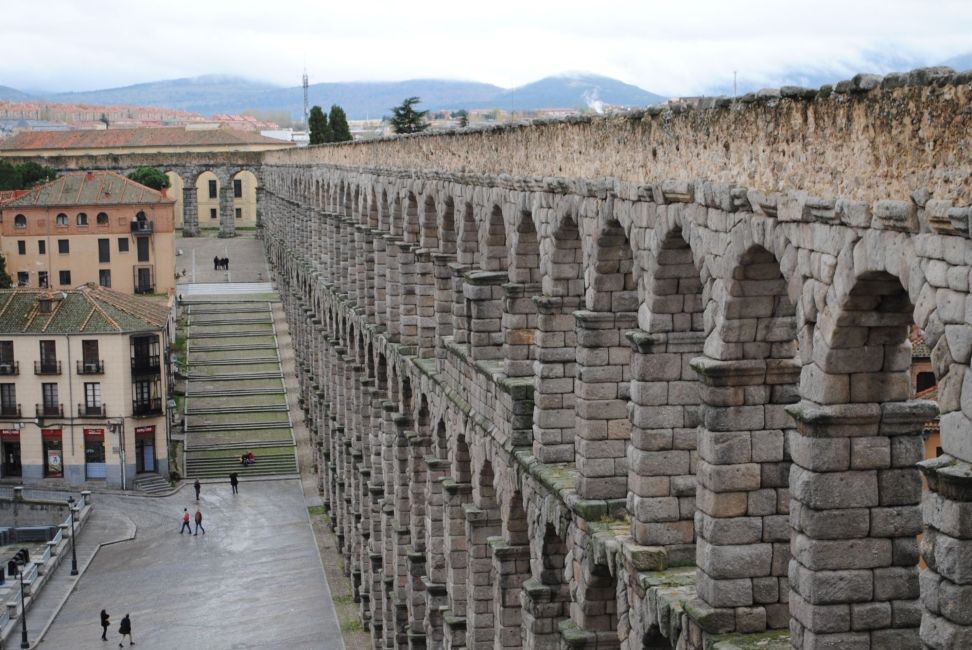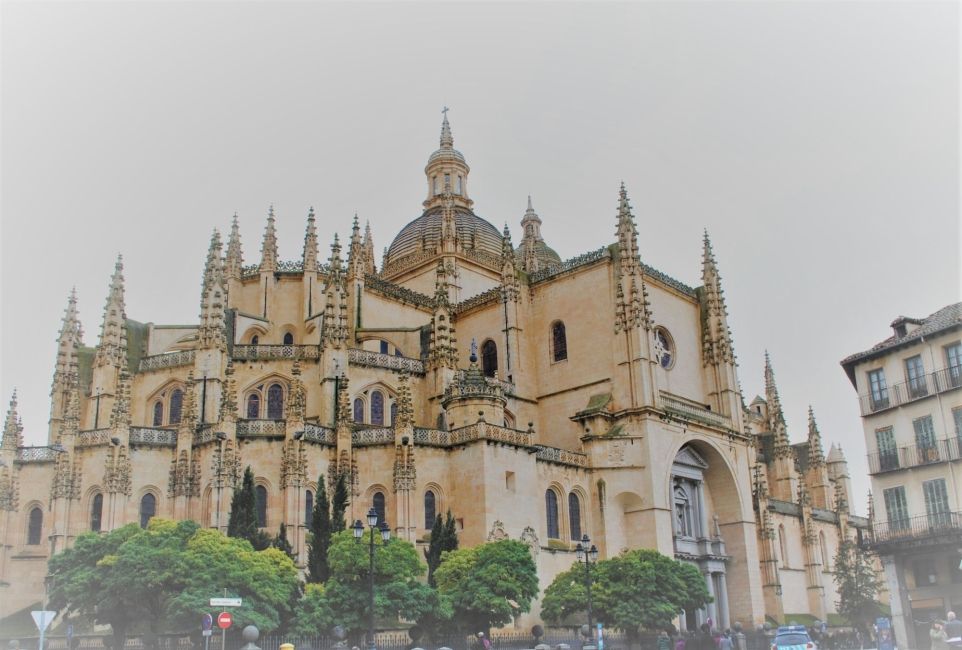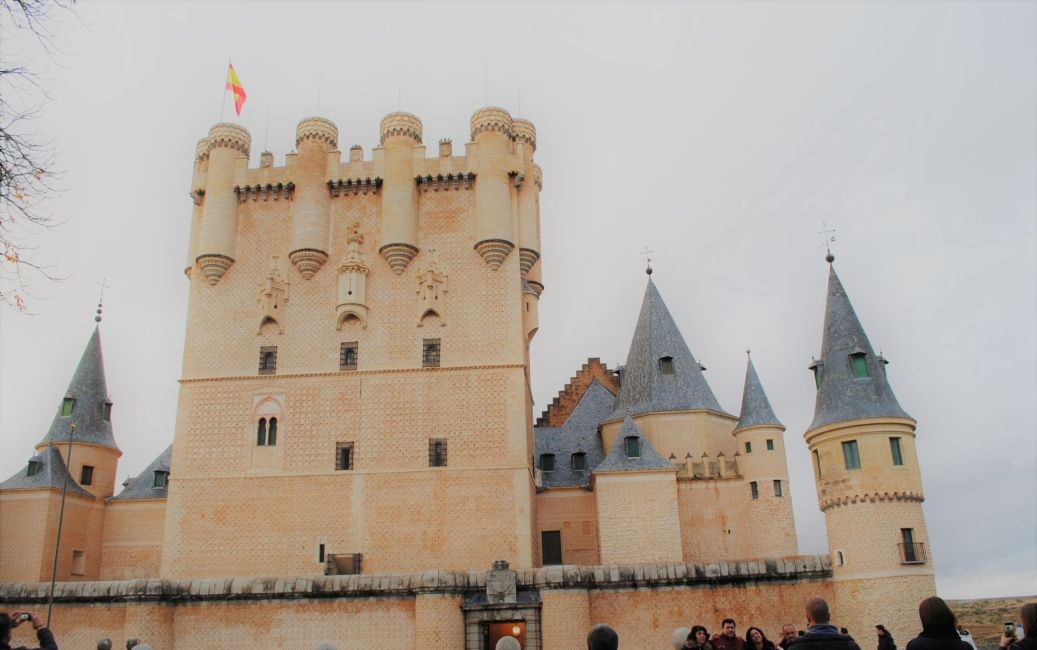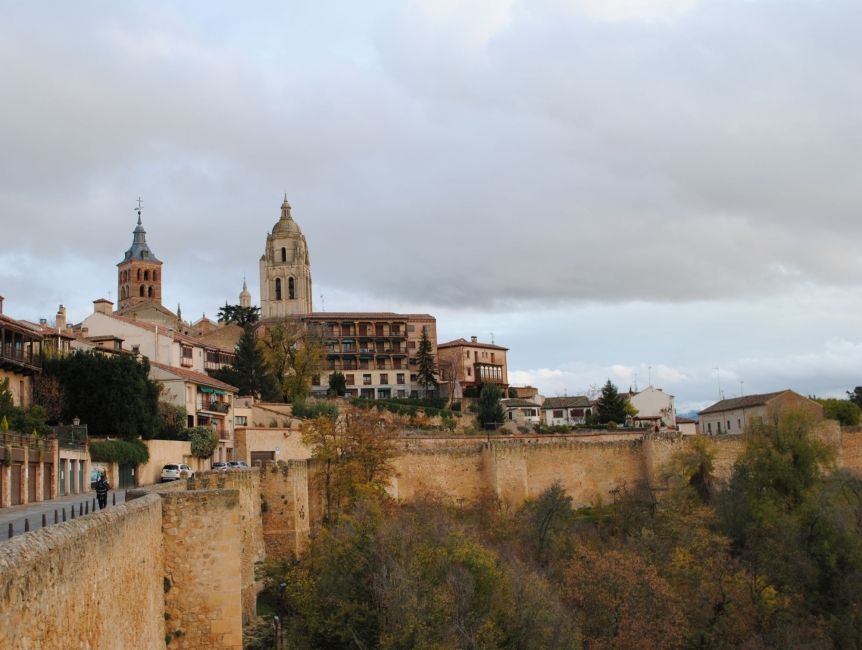Rainy Sunday in Segovia
The city of Segovia is an easy day trip from Madrid and well-worth the visit. Declared a World Heritage Site by UNESCO in 1985, Segovia is well known for it’s intact Roman Aqueduct.
Getting to Segovia from Madrid is fairly easy. Take the metro to Chamartin station (I used my monthly Abono). At Chamartin, go outside and upstairs to the domestic train terminal. At one of the kiosks, buy a ticket to Segovia as well as a return ticket. These can also be purchased online ahead of time. My last-minute purchase cast 20€ there and 10€ back, but with a little foresight, it’s easy to get each for 10€. The train ride is about 35 minutes and comfortable. From the train station in Segovia, grab either a taxi from the line out front (about 12) or take the bus, both of which will drop you off at the foot of the Roman Aqueduct.
The Roman Aqueduct in Segovia was built in the early second century. It brings water from the Guadarrama Mountains into the city. The stones composing the Aqueduct are help together simply by gravity, with no cement or mortar of any kind. Local legend talks about the origin of the structure. In the late first century, a servant girl had to walk up to the top of the mountain stream with her pitcher to fetch water every morning, and carry the heavy pitcher back to town. Tired of this trip, she made a wish that somehow the water would be delivered to town everyday and save her from making the journey. The Devil heard her wish and decided to grant it. In exchange he asked for her soul. She agreed, on the condition that the structure was finished before the crow of the rooster in the morning. The Devil got to work building the Aqueduct and the girl quickly began to regret the deal. Just as the Devil went to place the last stone in the structure, the cry of the rooster signaled the morning, and the girl was allowed to keep her soul. Today, the Aqueduct is still known as the “Puente de Diablo” or The Devil’s Bridge.
Walk under the Aqueduct into Plaza del Azoguejo. There is a helpful Tourist Information point, with free maps in multiple languages. From plaza, take the set of stairs to the left of the Aqueduct to find a breathtaking view from the top. This will lead you into the Old Quarter of the city. Making your way westward through the city will eventually lead to the Alcazar and past numerous remarkable sights. Your free map includes little blurbs of information about the historic buildings and sights.
From the Aqueduct, follow Calle Obispo past the Church and Convent of the Society of Jesus, which was built at the end of the sixteenth century. After the church, take a soft right onto Calle Juan Bravo. This will lead you to Plaza Mayor and Nuestra Senora de la Asuncion y San Frutos Catedral. Construction began on the cathedral in 1525 after the destruction of the former Cathedral of Santa Maria in 1520 during the War of the Communities. After Plaza Mayor and the cathedral, continue heading west towards the Alcazar and the fantastic views from the walls of the city.
Through the gate is the Alcazar. The current structure was built on the remains of a Roman fortress, beginning in the eleventh century. It was home to the Castillian Monarchs during the Middle Ages. The plaza and gardens at the Alcazar offer a stunning view back to the city and a quiet spot to rest for a bit.
When leaving the Alcazar, walk along the City Wall. The wall was created in the Middle Ages in order to help defend the city from attack. Due to the height of Segovia, the wall wasn’t built as strong as other walled cities of the time. There are several gates to cross through the wall, although the San Martin Gate, once the main entrance gate, was destroyed in 1993.
A visit to Segovia is easily managed from Madrid and well worth a few hours.
Related Posts
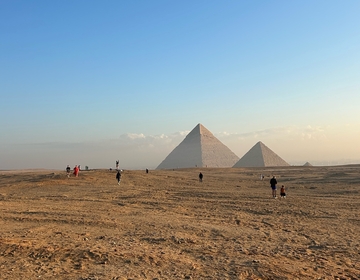
Who Runs the World? Pharaohs.
Running the Pyramids Half Marathon in Cairo, Egypt Egypt and a half marathon? Let’s run it back—literally. I had the opportunity to travel to Cairo, Egypt, to run the annual... keep reading
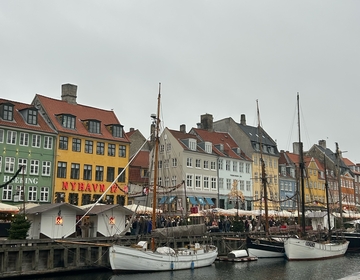
Copenhagen Cosplays the North Pole
A Winter Weekend Guide If you’re searching for the perfect winter weekend getaway while studying abroad, Copenhagen deserves a spot at the top of your list. While the city is... keep reading

Let’s Moroccan Roll
A 4-Day Morocco Getaway from Madrid Morocco has become an increasingly popular destination for students studying and working abroad, and after spending four days there, it’s easy to see why... keep reading
